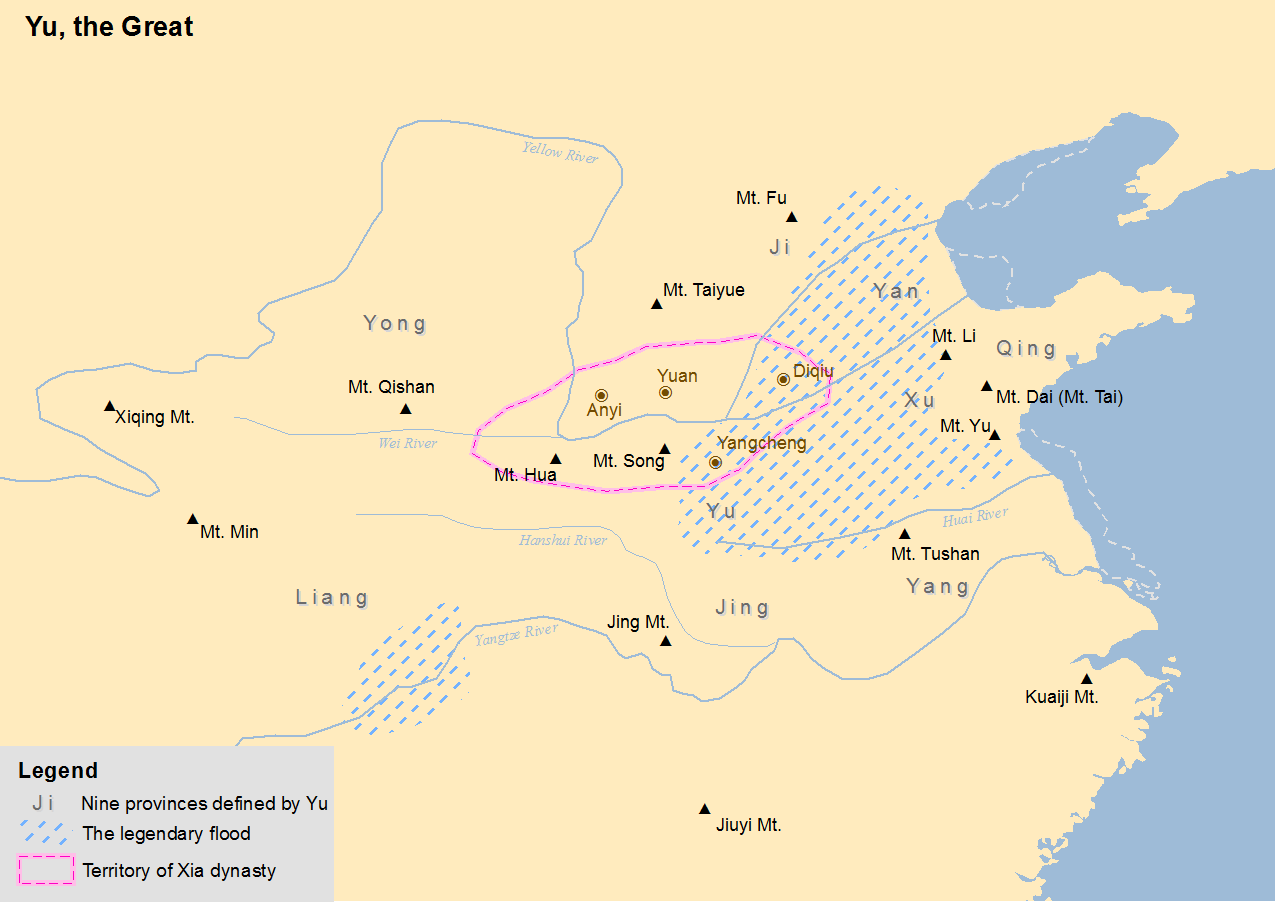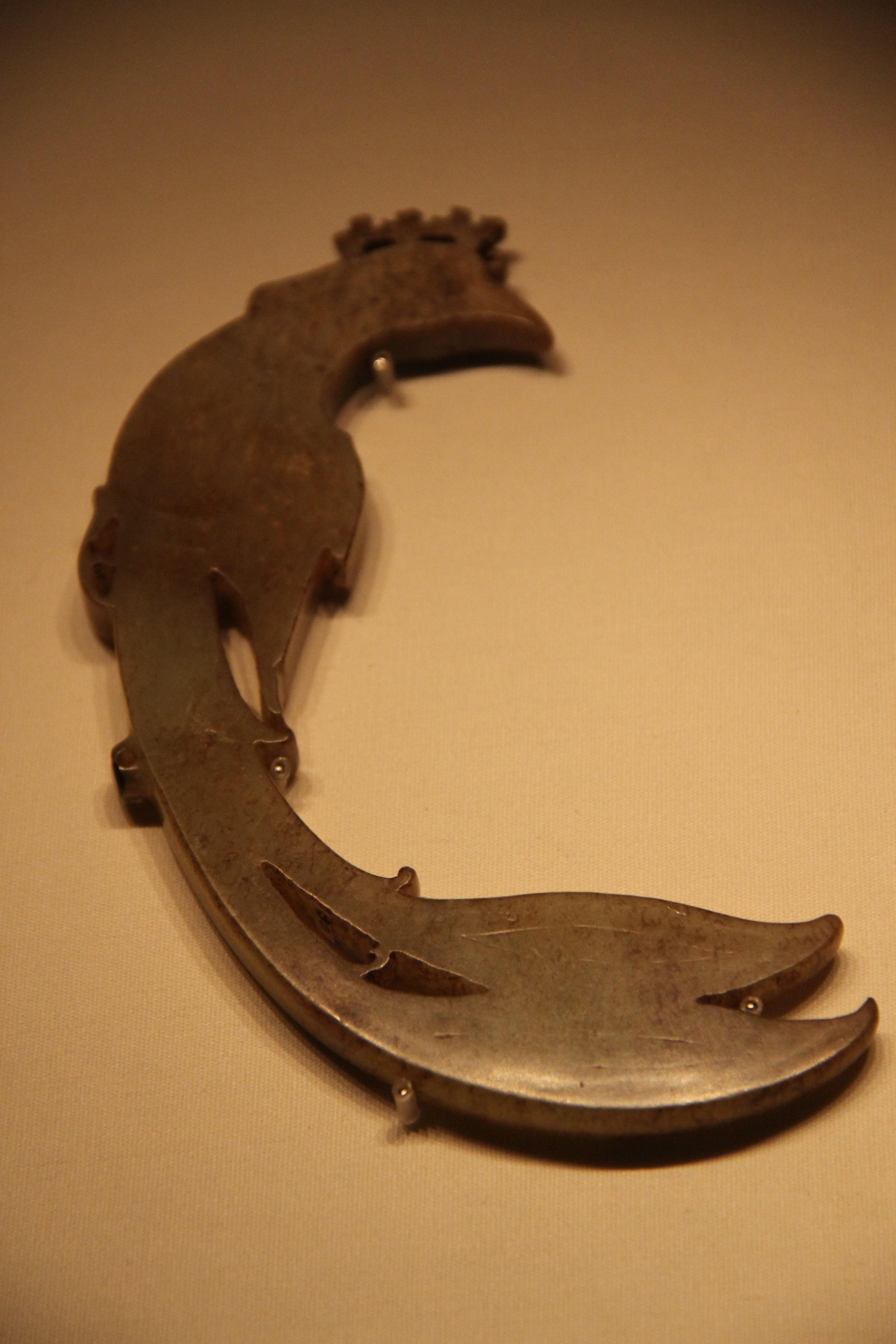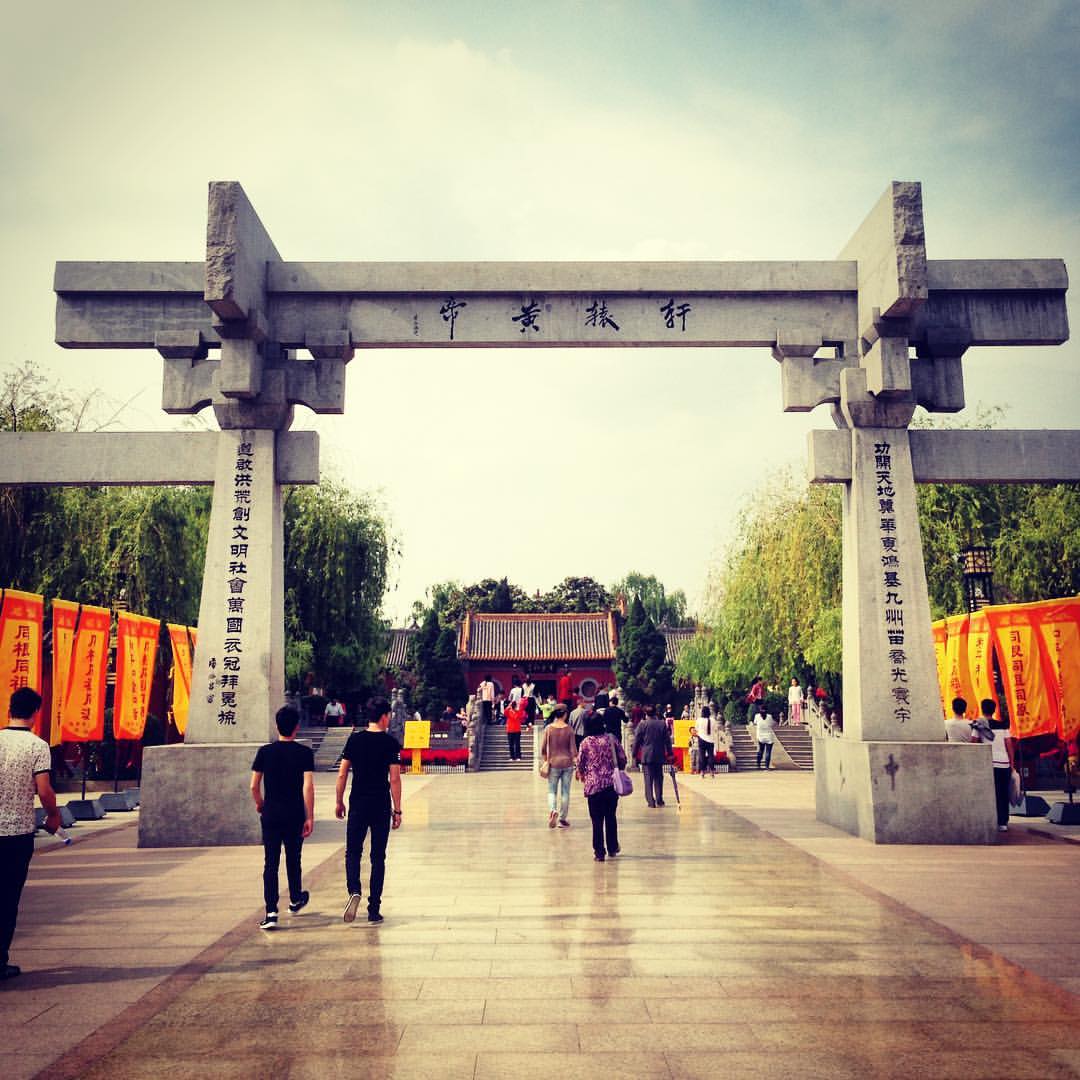|
Chop Mark
A seal, in an East and Southeast Asian context, is a general name for printing stamps and impressions thereof which are used in lieu of signatures in personal documents, office paperwork, contracts, art, or any item requiring acknowledgement or authorship. On documents they were usually used to print an impression using a pigmented paste or ink, unlike the wax impression commonly used in Europe. Of Chinese origin, the process soon spread beyond China and across East and Southeast Asia. Various countries in these regions currently use a mixture of seals and hand signatures, and, increasingly, electronic signatures. Chinese seals are typically made of stone, sometimes of metals, wood, bamboo, plastic, or ivory, and are typically used with red ink or cinnabar paste (). The word 印 ("yìn" in Mandarin, "in" in Japanese and Korean, "ấn" and "in" in Vietnamese) specifically refers to the imprint created by the seal, as well as appearing in combination with other morphemes in w ... [...More Info...] [...Related Items...] OR: [Wikipedia] [Google] [Baidu] |
East Asia
East Asia is the eastern region of Asia, which is defined in both geographical and ethno-cultural terms. The modern states of East Asia include China, Japan, Mongolia, North Korea, South Korea, and Taiwan. China, North Korea, South Korea and Taiwan are all unrecognised by at least one other East Asian state due to severe ongoing political tensions in the region, specifically the division of Korea and the political status of Taiwan. Hong Kong and Macau, two small coastal quasi-dependent territories located in the south of China, are officially highly autonomous but are under Chinese sovereignty. Japan, Taiwan, South Korea, Mainland China, Hong Kong, and Macau are among the world's largest and most prosperous economies. East Asia borders Siberia and the Russian Far East to the north, Southeast Asia to the south, South Asia to the southwest, and Central Asia to the west. To the east is the Pacific Ocean and to the southeast is Micronesia (a Pacific Ocean island group, classifi ... [...More Info...] [...Related Items...] OR: [Wikipedia] [Google] [Baidu] |
Ancient China
The earliest known written records of the history of China date from as early as 1250 BC, from the Shang dynasty (c. 1600–1046 BC), during the reign of king Wu Ding. Ancient historical texts such as the '' Book of Documents'' (early chapters, 11th century BC), the '' Bamboo Annals'' (c. 296 BC) and the ''Records of the Grand Historian'' (c. 91 BC) describe a Xia dynasty before the Shang, but no writing is known from the period, and Shang writings do not indicate the existence of the Xia. The Shang ruled in the Yellow River valley, which is commonly held to be the cradle of Chinese civilization. However, Neolithic civilizations originated at various cultural centers along both the Yellow River and Yangtze River. These Yellow River and Yangtze civilizations arose millennia before the Shang. With thousands of years of continuous history, China is among the world's oldest civilizations and is regarded as one of the cradles of civilization. The Zhou dynasty (1046–256 BC) supp ... [...More Info...] [...Related Items...] OR: [Wikipedia] [Google] [Baidu] |
Xia Dynasty
The Xia dynasty () is the first dynasty in traditional Chinese historiography. According to tradition, the Xia dynasty was established by the legendary Yu the Great, after Shun, the last of the Five Emperors, gave the throne to him. In traditional historiography, the Xia was later succeeded by the Shang dynasty. There are no contemporaneous records of the Xia, who are not mentioned in the oldest Chinese texts, since the earliest oracle bone inscriptions date from the late Shang period (13th century BC). The earliest mentions occur in the oldest chapters of the '' Book of Documents'', which report speeches from the early Western Zhou period and are accepted by most scholars as dating from that time. The speeches justify the Zhou conquest of the Shang as the passing of the Mandate of Heaven and liken it to the succession of the Xia by the Shang. That political philosophy was promoted by the Confucian school in the Eastern Zhou period. The succession of dynasties was incorporat ... [...More Info...] [...Related Items...] OR: [Wikipedia] [Google] [Baidu] |
Mandate Of Heaven
The Mandate of Heaven () is a Chinese political philosophy that was used in ancient and imperial China to legitimize the rule of the King or Emperor of China. According to this doctrine, heaven (天, ''Tian'') – which embodies the natural order and will of the universe – bestows the mandate on a just ruler of China, the " Son of Heaven". If a ruler was overthrown, this was interpreted as an indication that the ruler was unworthy and had lost the mandate. It was also a common belief that natural disasters such as famine and flood were divine retributions bearing signs of Heaven's displeasure with the ruler, so there would often be revolts following major disasters as the people saw these calamities as signs that the Mandate of Heaven had been withdrawn. The Mandate of Heaven does not require a legitimate ruler to be of noble birth, depending instead on how well that person can rule. Chinese dynasties such as the Han and Ming were founded by men of common origins, but t ... [...More Info...] [...Related Items...] OR: [Wikipedia] [Google] [Baidu] |
Fenghuang
''Fènghuáng'' (, ) are mythological birds found in Sinospheric mythology that reign over all other birds. The males were originally called ''fèng'' and the females ''huáng'', but such a distinction of gender is often no longer made and they are blurred into a single feminine entity so that the bird can be paired with the Chinese dragon, which is traditionally deemed male. It is known under similar names in various other languages ( Japanese: ; vi, phượng hoàng, italics=no or ; Korean: ). In the Western world, it is commonly called the Chinese phoenix or simply phoenix, although mythological similarities with the Western phoenix are superficial. Appearance A common depiction of fenghuang was of it attacking snakes with its talons and its wings spread. According to the ''Erya'''s chapter 17 ''Shiniao'', fenghuang is made up of the beak of a rooster, the face of a swallow, the forehead of a fowl, the neck of a snake, the breast of a goose, the back of a tortoise ... [...More Info...] [...Related Items...] OR: [Wikipedia] [Google] [Baidu] |
Emperor Yao
Emperor Yao (; traditionally c. 2356 – 2255 BCE) was a legendary Chinese ruler, according to various sources, one of the Three Sovereigns and Five Emperors. Ancestry and early life Yao's ancestral name is Yi Qi () or Qi (), clan name is Taotang (), given name is Fangxun (), as the second son to Emperor Ku and Qingdu (). He is also known as Tang Yao (). Yao's mother has been worshipped as the goddess Yao-mu. Legends According to the legend, Yao became the ruler at 20 and died at 99 when he passed his throne to Shun the Great, to whom he had given his two daughters in marriage. According to the '' Bamboo Annals'', Yao abdicated his throne to Shun in his 73rd year of reign, and continued to live during Shun's reign for another 28 years. It was during the reign of Emperor Yao that the Great Flood began, a flood so vast that no part of Yao's territory was spared, and both the Yellow River and the Yangtze valleys flooded. The alleged nature of the flood is shown in the f ... [...More Info...] [...Related Items...] OR: [Wikipedia] [Google] [Baidu] |
Chinese Dragon
The Chinese dragon, also known as ''loong'', ''long'' or ''lung'', is a legendary creature in Chinese mythology, Chinese folklore, and Chinese culture at large. Chinese dragons have many Outline of life forms, animal-like forms such as Bixi (mythology), turtles and Chiwen, fish, but are most commonly depicted as snake-like with four legs. Academicians have identified four reliable theories on the origin of the Chinese dragon: snakes, Chinese alligators, thunder and nature worship. They traditionally symbolize potent and wikt:auspicious, auspicious powers, particularly control over water, rainfall, typhoons, and floods. The dragon is also a symbol of power, strength, and good luck for people who are worthy of it in East Asian cultural sphere, East Asian culture. During the days of Imperial China, the Emperor of China usually used the dragon as a symbol of his imperial strength and power. In Chinese culture, excellent and outstanding people are compared to a dragon, while incapable ... [...More Info...] [...Related Items...] OR: [Wikipedia] [Google] [Baidu] |
Yellow Emperor
The Yellow Emperor, also known as the Yellow Thearch or by his Chinese name Huangdi (), is a deity ('' shen'') in Chinese religion, one of the legendary Chinese sovereigns and culture heroes included among the mytho-historical Three Sovereigns and Five Emperors and cosmological Five Regions' Highest Deities (). Calculated by Jesuit missionaries on the basis of Chinese chronicles and later accepted by the twentieth-century promoters of a universal calendar starting with the Yellow Emperor, Huangdi's traditional reign dates are 2697–2597 or 2698–2598 BC. Huangdi's cult became prominent in the late Warring States and early Han dynasty, when he was portrayed as the originator of the centralized state, as a cosmic ruler, and as a patron of esoteric arts. A large number of texts – such as the ''Huangdi Neijing'', a medical classic, and the '' Huangdi Sijing'', a group of political treatises – were thus attributed to him. Having waned in influence during most of the ... [...More Info...] [...Related Items...] OR: [Wikipedia] [Google] [Baidu] |
Origin Myth
An origin myth is a myth that describes the origin of some feature of the natural or social world. One type of origin myth is the creation or cosmogonic myth, a story that describes the creation of the world. However, many cultures have stories set in a time after a first origin - such stories aim to account for the beginnings of natural phenomena or of human institutions within a preexisting universe. In Graeco-Roman scholarship, the terms etiological myth and ''aition'' (from the Ancient Greek αἴτιον, "cause") are sometimes used for a myth that explains an origin, particularly how an object or custom came into existence. Nature of origin myths Every origin myth is a tale of creation: origin myths describe how some reality came into existence.Eliade, p. 21 In many cases, origin myths also justify the established order by explaining that it was established by sacred forces (see section on "Social function" below). The distinction between cosmogonic myths and origin ... [...More Info...] [...Related Items...] OR: [Wikipedia] [Google] [Baidu] |
Han Dynasty
The Han dynasty (, ; ) was an imperial dynasty of China (202 BC – 9 AD, 25–220 AD), established by Liu Bang (Emperor Gao) and ruled by the House of Liu. The dynasty was preceded by the short-lived Qin dynasty (221–207 BC) and a warring interregnum known as the ChuHan contention (206–202 BC), and it was succeeded by the Three Kingdoms period (220–280 AD). The dynasty was briefly interrupted by the Xin dynasty (9–23 AD) established by usurping regent Wang Mang, and is thus separated into two periods—the Western Han (202 BC – 9 AD) and the Eastern Han (25–220 AD). Spanning over four centuries, the Han dynasty is considered a golden age in Chinese history, and it has influenced the identity of the Chinese civilization ever since. Modern China's majority ethnic group refers to themselves as the "Han people", the Sinitic language is known as "Han language", and the written Chinese is referred to as "Han characters". The emperor was at the pinnacle of ... [...More Info...] [...Related Items...] OR: [Wikipedia] [Google] [Baidu] |
Warring States Period
The Warring States period () was an era in History of China#Ancient China, ancient Chinese history characterized by warfare, as well as bureaucratic and military reforms and consolidation. It followed the Spring and Autumn period and concluded with the Qin's wars of unification, Qin wars of conquest that saw the annexation of all other contender states, which ultimately led to the Qin (state), Qin state's victory in 221 BC as the first unified History of China#Imperial China, Chinese empire, known as the Qin dynasty. Although different scholars point toward different dates ranging from 481 BC to 403 BC as the true beginning of the Warring States, Sima Qian's choice of 475 BC is the most often cited. The Warring States era also overlaps with the second half of the Eastern Zhou Period, Eastern Zhou dynasty, though the Chinese sovereign, known as the king of Zhou, ruled merely as a figurehead and served as a backdrop against the machinations of the warring states. The "Warring St ... [...More Info...] [...Related Items...] OR: [Wikipedia] [Google] [Baidu] |
Zhou Dynasty
The Zhou dynasty ( ; Old Chinese ( B&S): *''tiw'') was a royal dynasty of China that followed the Shang dynasty. Having lasted 789 years, the Zhou dynasty was the longest dynastic regime in Chinese history. The military control of China by the royal house, surnamed Ji, lasted initially from 1046 until 771 BC for a period known as the Western Zhou, and the political sphere of influence it created continued well into the Eastern Zhou period for another 500 years. The establishment date of 1046 BC is supported by the Xia–Shang–Zhou Chronology Project and David Pankenier, but David Nivison and Edward L. Shaughnessy date the establishment to 1045 BC. During the Zhou dynasty, centralized power decreased throughout the Spring and Autumn period until the Warring States period in the last two centuries of the dynasty. In the latter period, the Zhou court had little control over its constituent states that were at war with each other until the Qin state consolidated power and forme ... [...More Info...] [...Related Items...] OR: [Wikipedia] [Google] [Baidu] |











